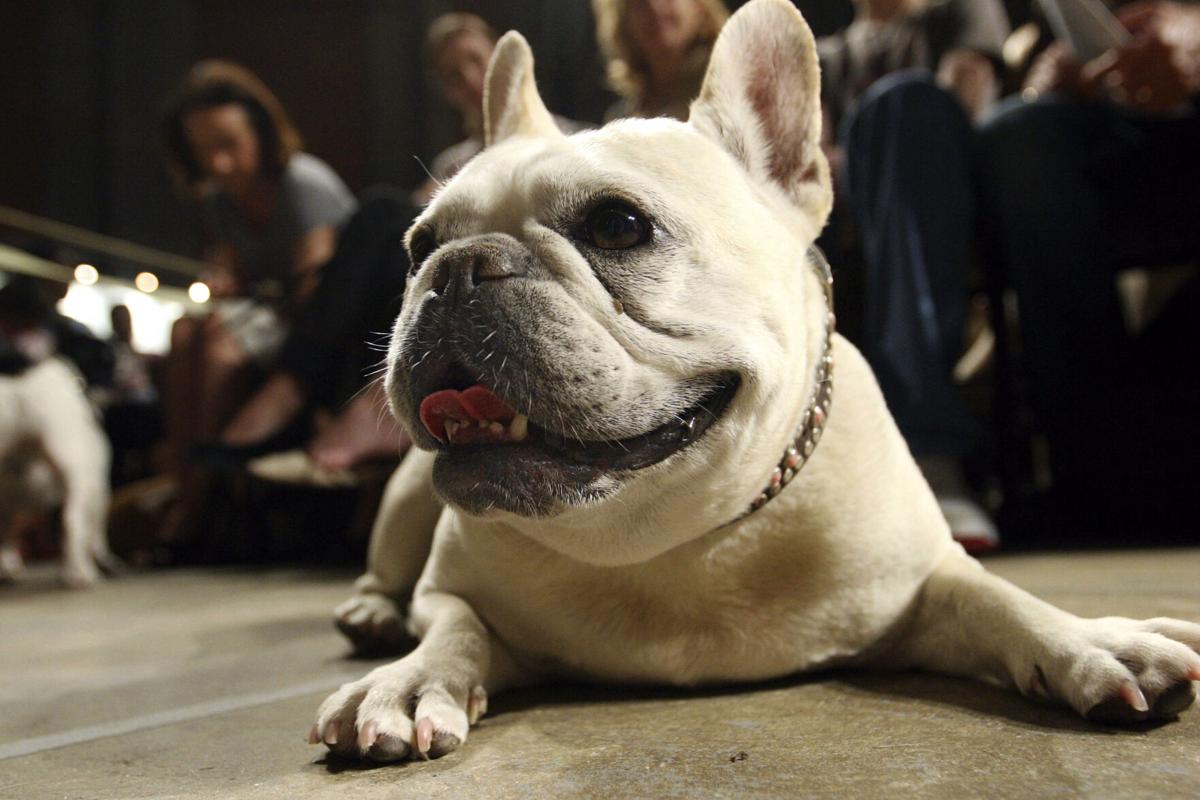Last Updated on April 16, 2024 by Dog Lover
What is the Top Dog: Unveiling the Most Popular Pup
Ah, dogs! Our furry companions, our loyal friends, and providers of endless entertainment (and sometimes mischief).
But with over 200 recognized breeds, each boasting unique personalities and traits, choosing the absolute “top dog” can feel like picking a favorite child (we all know that’s a recipe for disaster).
However, when it comes to popularity, there are some breeds that consistently steal the show.
So, buckle up, dog lovers, as we embark on a delightful journey to discover the current champion – the top dog – in the world of canine companions.
But before we crown a winner, let’s sniff out the factors that influence a breed’s popularity.
- Temperament: A happy, friendly demeanor that thrives in families and social settings is a surefire way to win hearts.
- Trainability: Intelligent and eager-to-please pups make training a breeze, leading to a more harmonious relationship with their humans.
- Adaptability: Whether it’s a spacious house or a cozy apartment, a breed that adjusts well to different living situations is a big plus.
- Versatility: From playful companions to working dogs, breeds that excel in various roles often find themselves in high demand.
- Low Maintenance: Let’s be honest, not everyone has hours to dedicate to grooming or exercise. Breeds with manageable needs are more likely to fit into busy lifestyles.
Now, with these criteria in mind, let’s meet the contenders for the top dog title!

Frontrunners in the Popularity Race
1. The Irresistible French Bulldog:
These compact charmers, with their signature bat ears and squishy faces, have surged in popularity in recent years.
Affectionate, playful, and surprisingly adaptable to apartment living, Frenchies are a perfect fit for city dwellers and families alike. Their low-maintenance grooming needs are an added bonus.
2. The Ever-Popular Labrador Retriever:
For decades, Labs have held the title of America’s favorite dog. Their boundless energy, intelligence, and unwavering loyalty make them excellent family companions.
Labs are also highly trainable, making them ideal for service work or participating in dog sports.
3. The Golden Retriever:
Another golden oldie (pun intended!), Golden Retrievers are renowned for their gentle nature, eagerness to please, and playful spirit.
These sunshine-coated pups are perfect for active families and those seeking a furry jogging buddy.
4. The Dependable German Shepherd:
These majestic dogs are not just known for their impressive size and intelligence; they’re also incredibly loyal and protective.
German Shepherds excel in various roles, from working alongside police and military personnel to becoming devoted therapy dogs.
5. The Poodle (Yes, You Read That Right!):
Often stereotyped for their elaborate show cuts, poodles come in three sizes (Standard, Miniature, and Toy) and boast impressive intelligence and athleticism.
Don’t be fooled by their fluffy exterior; these guys are eager to please and excel in various dog sports.
This is just a glimpse into the world of popular dog breeds. Each contender brings unique strengths and personalities to the table.
But remember, the “top dog” ultimately depends on your individual needs and lifestyle.

The Verdict: It’s a Tie (But Here’s How to Choose Your Top Dog)
So, who takes home the coveted “top dog” trophy?
The truth is, there’s no single winner. Each breed we explored offers something special, and the perfect pup for you depends entirely on your lifestyle and preferences.
Do you crave an energetic jogging companion? A Golden Retriever might be your ideal match. Seeking a playful cuddle buddy for your apartment? A French Bulldog could be the answer.
Here are some key factors to consider when choosing your perfect canine companion:
- Living situation: Consider your space limitations. A Great Dane might not be ideal for a studio apartment, while a Chihuahua wouldn’t be happy with a yard they can’t explore.
- Activity level: Are you a couch potato or an outdoor enthusiast? Match your energy level with a breed that complements your lifestyle.
- Family dynamics: Do you have young children? Look for breeds known for their gentle nature. If you live alone, a low-maintenance pup might be ideal.
- Experience level: First-time dog owner? Consider breeds known for their trainability and eagerness to please.
Remember, adopting a dog is a lifelong commitment.
Research your chosen breed thoroughly, understand their needs, and ensure you can provide a loving and fulfilling life for your furry friend.
Frequently Asked Questions (FAQs)
What are some reputable places to find a dog?
There are several options! Consider adopting from a local animal shelter or rescue organization. These shelters are often overflowing with amazing dogs in need of loving homes. You can also check with breed-specific rescue groups for specific breeds. If you choose to go the breeder route, ensure they are reputable and prioritize the health and well-being of their dogs.
How much exercise does my dog need?
Exercise requirements vary greatly between breeds. A high-energy Labrador Retriever will need significantly more exercise than a laid-back Pug. Research your chosen breed and ensure you can provide them with the appropriate level of activity.
What kind of training should I do with my dog?
All dogs benefit from basic obedience training. This not only helps with behavior but also strengthens the bond between you and your furry friend. Consider enrolling in puppy classes or working with a certified dog trainer for guidance.
How much does it cost to own a dog?
The cost of dog ownership varies depending on breed, size, and lifestyle. Factor in food, vet care, preventative medications, training, grooming, and other supplies.
What are some signs a breed might not be a good fit for me?
Consider your lifestyle and limitations. If you live in a small apartment, a giant breed might not be ideal. If you have limited time, a high-maintenance breed requiring extensive grooming or exercise won’t be a happy fit. Research well and choose a breed that complements your life.
Reference Links
- American Kennel Club: https://www.akc.org/
- The Association of Professional Dog Trainers: https://apdt.com/
- The Humane Society of the United States: https://www.humanesociety.org/

















